Welcome to the website of We Share the Same Moon. This project is a collaboration between storyteller Cassandra Wye and astrophysicist Dr Megan Argo. Our aim is to bring science into primary schools in a creative and innovative way, using stories about the Moon.
Why “We Share the Same Moon”?
As this site develops – we will include sky-lore folktales, myths and legends from all the 200 plus communities and cultures living in UK, to celebrate the fabulous diversity of cultures that enrich our life and our learning.
Within these stories are embedded key concepts of science learning.
We can tell any of these stories purely for pleasure, for language and literacy development, for learning about different countries and cultures.
But – we can also use them as a catalyst for science exploration.
Why tell Stories as part of Science Education?
Stories are a great catalyst for sparking children’s interest and imagination in science exploration. Stories don’t offer a scientific explanation, but they do have an amazing power to captivate children and inspire them to be curious, to ask questions, to want to learn more. Once we have caught their interest and invited them to wonder, we can start talking about the science embedded within the story.
A story is a “hook” on which we can hang a lesson.
How the Site Works
We have linked at least one folktale to a range of 20 topics within the UK Early Years and Primary Science Curriculum including: Rocks (Meteors and Comets); Light (Eclipses and Aurora); Earth and Space (Constellations, Stars and the Solar System) and of course the Moon.
We have categorised the stories and activities by suggested age range and by UK curriculum topics.
But you are welcome to use them in any way that would most benefit your children.
What we invite you to do:
Embed the science – by telling a Story
Tell, read, listen or watch one of the folktales (5 – 10 minutes in length) as an introduction to a selected science topic of your choice.
At the end of the story: Explain the science
Use the science story and science explanation (5 – 10 minutes in length) to expand their understanding of the science concepts embedded within the story heard.
You can:
- Ask questions within your explanation to test existing knowledge
- Use the images and or videos included to enhance your explanation
- Invite questions to explore elements that they have not understood.
Then: Expand the Science
Select one of the follow-on activities (approx 45 minutes in length) that best suit your class and curriculum.
We have included not just scientific activities, but also arts activities, craft activities, model-making, story-making, sensory activities, ideas for outdoor locations as well as classroom-based sessions.
Extend the Science
To extend the learning process, depending on the children’s’ line of inquiry.
You can:
- Tell a second story to illustrate another element of the topic.
- Use one of the linked activities to explore the science topic further and consolidate learning
- Link to non-science elements of the curriculum to reinforce learning
And then at the end of the session – we invite you to complete the evaluation below.
Please tell us what was useful to use and what you would like more of!
And in return – we will keep you posted with latest developments, activities and opportunities to take part in We Share the Same Moon’s future events.
We Share the Same Moon will be testing a new range of stories and activities to promote the use of sky-lore storytelling across the curriculum throughout 2019 with organisations around the globe.
If you would like your school or organisation to be a host venue for any of our piloting process – please do get in touch and let us know.
Many thanks
Cassandra Wye, Megan Argo
We Share the Same Moon Needs YOU!
The aim of We Share the Same Moon is to create story-based resources for use in science education – But how useful is it?
Help us to find this out by filling in this form (word; pdf; pages).
And in return – have the opportunity to take part in future pilot events!
Please complete the attached form and send to Cassandra Wye: cassandra.wye@gmail.com





